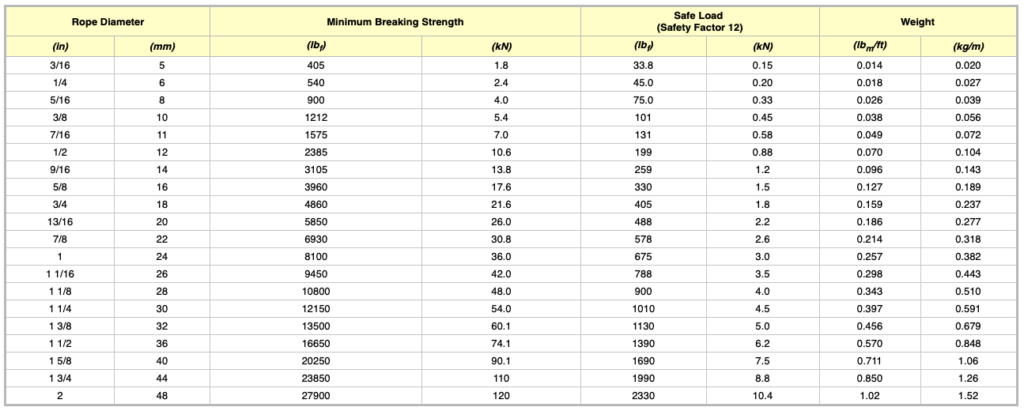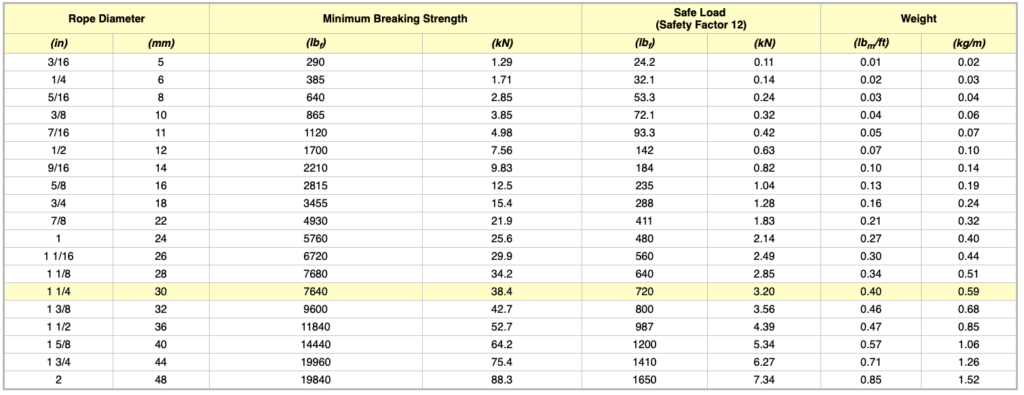Introduction
When it comes to producing pilotladder ropes, selecting the right material is crucial to ensure strength, durability, and safety. The most popular choice is Manila rope, which is also prescribed for use in ISO 799:2019. There are also pilotladders made from sisal rope on the market, which obviously does not meet the requirements of ISO 799. This article aims to delve into the differences between Manila rope and Sisal rope, taking into consideration ISO Standard 799, which prescribes a minimum breaking strength of 24 kN and a diameter of 20mm for Manila rope.
Manila Rope
Manila rope, also known as hemp rope, is a natural fiber rope made from the abaca plant, which is native to the Philippines. It has been widely used for centuries due to its exceptional strength and resistance to UV radiation, saltwater, and harsh weather conditions. The ISO Standard 799’s prescription of Manila rope for pilotladder ropes stems from its robust properties.
Manila rope’s breaking strength is determined by its construction, diameter, and quality. As per the ISO Standard 799, a minimum breaking strength of 24 kN is mandated for pilotladder ropes. Manila rope typically meets or exceeds this requirement, ensuring adequate safety during ladder climbing operations.

As per figure 1, the minimum breaking strength of a 20mm manila rope is 26 kN, which meets the required Minimum breaking strength as per ISO 799:2019 (24 kN)
One of the key advantages of Manila rope is its durability. It possesses excellent resistance to abrasion, making it suitable for heavy-duty applications like pilotladder ropes. Manila rope can withstand repeated use and exposure to various environmental conditions, thus ensuring its longevity over time.
Manila rope offers good handling characteristics (“Knotability”), allowing for easy manipulation and secure knotting. This is essential for the safe rigging of ladder ropes, as a properly tied and secure knot is vital for the safety of pilots. The natural grip of the Manila rope also contributes to enhanced ladder stability during ascents and descents.
Sisal Rope
Sisal rope is derived from the Agave sisalana plant, primarily cultivated in tropical regions around the world. It is recognized for its strength and durability, but it exhibits some differences compared to Manila rope. While the ISO Standard 799 prescribes Manila rope for pilotladder ropes, it does not specifically mention Sisal rope.
Sisal rope possesses commendable durability and can withstand moderate exposure to environmental factors. However, it is generally less resistant to moisture, UV radiation, and saltwater when compared to Manila rope. Therefore, proper care and regular maintenance are essential to ensure the longevity of Sisal rope.
Furthermore, Sisal rope has a coarse texture, which can make it more challenging to handle and knot compared to Manila rope. While it could still be effectively used for ladder ropes, users must pay extra attention to secure and tight knots to guarantee the safety of pilots.

In figure 2 the minimum breaking strength (MBS) of Sisal is given. From this table it can be concluded that Sisal’s MBS is 70% compared to the MBS of manila rope. Futhermore the MBS of 24 kN for 20mm rope cannot be met.
Conclusion
Manila rope, specifically prescribed in ISO Standard 799, guarantees a minimum breaking strength in excess of the required 24 kN, ensuring optimal safety during ladder climbing operations. The cost of manila rope is roughly about 15% higher than sisal. The fact that manila rope offers much better strength, handling, resistance and longevity properties makes it the obvious choice for the use in pilotladder production. Do not accept anything less!

